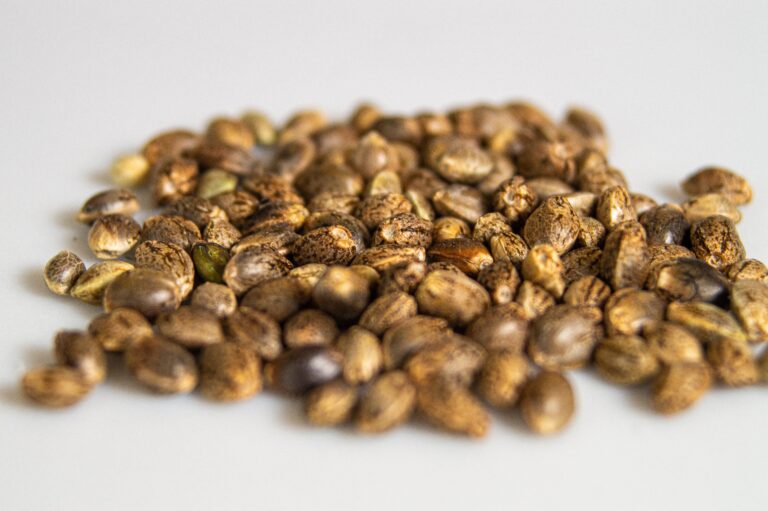
Growing cannabis at home is trending since it became legally permissible. After all, nothing gets better than becoming self-sufficient and saving up on monthly dispensary trips and bills. More importantly, you know what you get by cultivating your cannabis rather than depending on a seller.
However, you need more than the basic gardening skills to become a home grower. In fact, you must have a good understanding of home cultivation if you have specific requirements, such as growing CBD-dominant cannabis. Medicinal consumers will expect to do it to get a crop that delivers therapeutic benefits. Here are a few tried and tested tips to help.
Know your strains
As a cannabis consumer, you must know your strains whether you buy your stash or grow it at home. Essentially, strains decide the cannabinoid composition of the herb. Some strains are high in CBD, while others are THC dominant. You may get a balance between both in yet others.
It is vital to understand the specific concentrations of these key cannabinoids to opt for the right one for home cultivation. Luckily, you can get valuable information online or gain insights from seasoned growers and sellers.
A good example here is the ‘Budpedia’ section on the CAFE Toronto Dispensary website. There you can compare different strains in terms of their THC or CBD content, as well as the potential benefits of each plant.
Choose your seeds wisely
Once you decide on the apt strain for a CBD-dominant yield, you must choose quality seeds for your crop. Low-quality seeds never give the desired outcome, even if it is genetically fit to produce a CBD-rich crop.
You can check cannabis seeds online at Seed god, but go through the seed genetics before buying them. Seek advice while buying as other growers may have some valuable pieces to share. Never skimp on quality, even if you have to pay a little more for the seeds.
Invest in early testing
Although it is possible to grow high CBD cannabis from seeds, consider it a genetic lottery because results may swing either way. Investing in the early testing of young plants is a good idea. Experts recommend testing at 3-4 weeks after the seedlings grow from the soil. It enables you to identify CBD-rich plants much before they start flowering.
Not testing is more like leaving things to chance because you will know the CBD content only at the flowering stage with the consumption of the plant. Testing is easy as you only need to get the top nodes and submit them to a lab. Once you identify CBD-rich plants, you can take cuttings from them for further cultivation.
Ensure optimal growing conditions
The growing conditions also affect the CBD content of your crop, even though you cannot force a plant to change its genetic disposition. Seasoned growers know that specific cultivation conditions can coax the plant to give its best.
For example, you must ensure warmth for the soil and growing room temperature between 68 and 70 degrees Fahrenheit. Avoid exposure to excessive precipitation because more translates into a lower CBD content.
Growing cannabis at home is a rewarding journey, and you can even control the composition of the plant. Follow these tips to cultivate high-quality, CBD-dominant plants right in your backyard or inside your living space.
